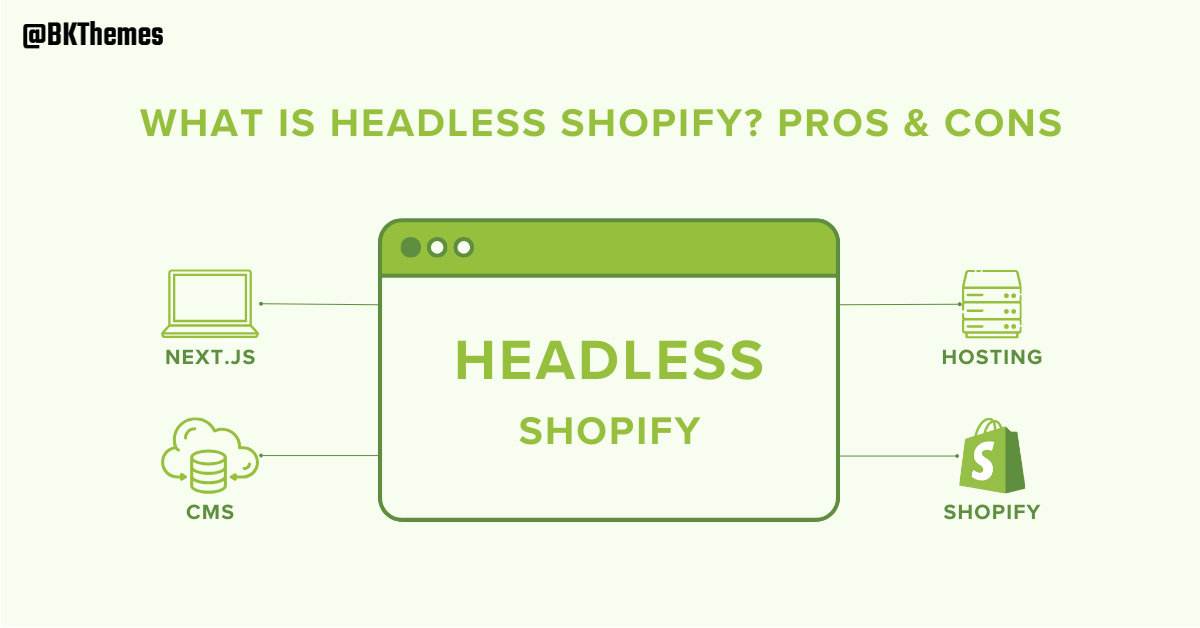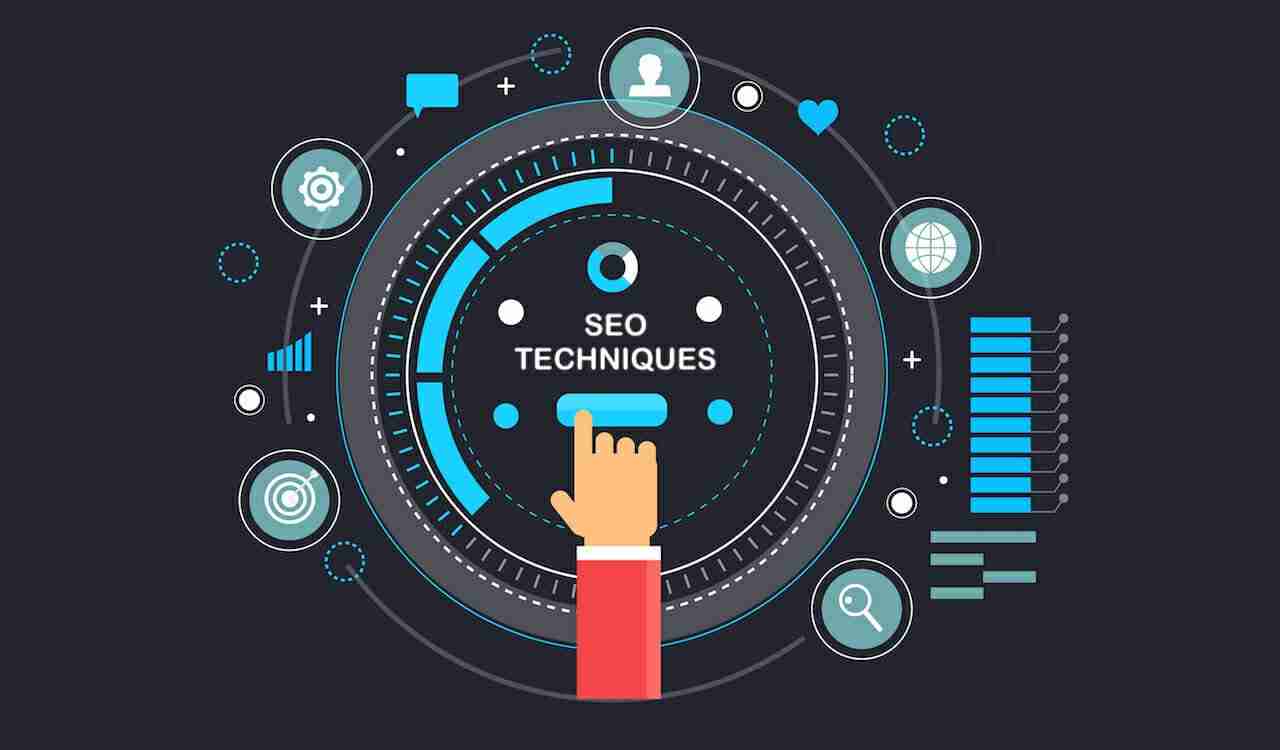
Headless Shopify: Unleashing the Power of Flexibility and Scalability
Shopify, a popular e-commerce platform, has traditionally provided a robust, all-in-one solution for online stores. However, its monolithic architecture can sometimes hinder customization and scalability for ambitious businesses. Enter headless commerce, a paradigm shift allowing separation of the storefront (the customer-facing website) from the backend systems. This approach, when implemented with Shopify, unlocks significant potential but also presents unique challenges.
This article explores the advantages and disadvantages of choosing a headless Shopify architecture, equipping you with the knowledge to make an informed decision for your online store.
Understanding the Headless Shopify Concept
Headless commerce, in essence, decouples the front-end presentation layer from the back-end data management system. Instead of relying on Shopify's built-in theme engine, headless Shopify utilizes APIs to fetch product data, customer information, and other relevant details. This separation allows developers to build custom, highly personalized storefronts using various front-end technologies like React, Vue.js, or Angular. This flexibility is a key driver behind the growing popularity of headless solutions.
How Headless Architecture Works
In a traditional Shopify setup, the theme controls both the data management and the presentation. With headless architecture:
- Backend: Shopify manages all your product data, inventory, orders, and customer information
- APIs: Shopify's APIs serve as the bridge between backend data and frontend presentation
- Frontend: Custom-built storefront using modern JavaScript frameworks
- Deployment: Frontend can be hosted on CDNs for optimal performance
This separation enables unprecedented flexibility in how you present your store to customers.
Pros of Headless Shopify
Enhanced Customization and Flexibility
The biggest draw of headless Shopify is the unparalleled level of customization. Traditional Shopify themes often limit design options. With a headless approach, developers are free to create unique, responsive websites tailored to specific brand identities and user experiences. This includes creating truly unique mobile-first experiences, highly interactive product pages, and advanced search functionality. Imagine a retailer wanting to integrate a complex augmented reality feature or a dynamic, personalized recommendation engine – headless allows this.
Benefits include:
- Complete control over user interface and user experience
- Custom animations and interactions
- Unique brand experiences that stand out from competitors
- Advanced personalization capabilities
- Integration of cutting-edge technologies like AR/VR
Improved Scalability and Performance
Decoupling the front-end from the back-end can dramatically improve performance. Shopify's servers are responsible for managing the back-end data, while the front-end can be optimized for speed and responsiveness. This often leads to faster loading times, improved SEO rankings, and a generally smoother user experience. A well-optimized headless storefront can handle significantly higher traffic volumes than a traditional Shopify store.
Performance advantages:
- Faster page load times through CDN deployment
- Better Core Web Vitals scores
- Improved mobile performance
- Enhanced scalability for high-traffic periods
- Optimized asset delivery
Integration with Existing Systems
Headless Shopify seamlessly integrates with a wider range of third-party applications and services. This could include CRM systems, marketing automation platforms, or custom back-end functionalities. This enhanced interoperability allows businesses to leverage existing investments and streamline their operations.
Integration possibilities:
- Enterprise Resource Planning (ERP) systems
- Customer Relationship Management (CRM) platforms
- Marketing automation tools
- Business intelligence and analytics platforms
- Custom internal systems and databases
Future-Proofing Your Online Store
As technology evolves, headless architecture allows for easier upgrades and adaptations. You're not locked into a specific theme or set of features. Updates and new integrations can be implemented more efficiently, ensuring your store remains competitive and relevant in the long term. This is particularly important in the fast-paced e-commerce landscape.
Creating a Truly Mobile-First Experience
The decoupled nature of headless Shopify facilitates the creation of highly responsive and optimized mobile experiences. This is crucial for success in today's mobile-driven world.
Mobile advantages:
- Native app-like experiences
- Progressive Web App (PWA) capabilities
- Optimized touch interactions
- Faster mobile loading times
- Platform-specific optimizations
Cons of Headless Shopify
Higher Development Costs
Implementing a headless approach requires specialized technical expertise. Developing and maintaining a custom front-end often incurs higher upfront costs compared to using a pre-built Shopify theme. This includes hiring developers and potentially paying for specialized plugins or extensions. Choosing the right development partner is crucial to minimizing risks and maximizing ROI.
Cost considerations:
- Higher initial development investment
- Specialized developer skills required
- Ongoing maintenance and updates
- Custom hosting and infrastructure costs
- Potential for scope creep during development
Increased Complexity
Managing a headless setup can be more complex than a traditional Shopify store. This includes maintaining the front-end codebase, ensuring data synchronization between the front-end and back-end, and managing API integrations. A dedicated team with experience in headless development is often necessary.
Complexity factors:
- Multiple systems to manage and maintain
- API dependency and potential rate limits
- Version control and deployment processes
- Cross-platform compatibility issues
- Debugging across multiple systems
Learning Curve for Non-Technical Users
The technical nature of headless Shopify can pose a challenge for non-technical business owners. Understanding the nuances of API integrations and front-end development can be daunting. Careful planning is essential.
Challenges include:
- Need for technical expertise on staff
- Dependency on development team for updates
- More complex content management processes
- Steeper learning curve for making changes
- Potential for increased support requirements
Potential for Data Silos
Simply put, a data silo is a repository of data that's controlled by one department or business unit and isolated from the rest of an organization, much like grass and grain in a farm silo are closed off from outside elements. Siloed data typically is stored in a standalone system and often is incompatible with other data sets.
In headless implementations, careful planning is needed to ensure data flows seamlessly between systems without creating isolated pockets of information.
Maintenance and Support
Maintaining the front-end and ensuring compatibility with Shopify's API updates requires ongoing effort. This necessitates a dedicated support team or in-house technical expertise.
Maintenance requirements:
- Regular security updates
- API compatibility monitoring
- Performance optimization
- Bug fixes and troubleshooting
- Feature updates and enhancements
When to Choose Headless Shopify
Consider headless Shopify if you:
- Need unique, highly customized user experiences
- Have complex integration requirements
- Expect high traffic volumes
- Want to leverage modern web technologies
- Have the technical resources and budget
- Plan for long-term scalability
- Require multi-channel commerce capabilities
When to Stick with Traditional Shopify
Traditional Shopify might be better if you:
- Have limited technical resources
- Need a quick time-to-market
- Have a smaller budget
- Prefer simpler maintenance requirements
- Don't need extensive customization
- Are satisfied with existing theme options
Choosing the Right Path
Headless Shopify offers a powerful approach to building highly customizable and scalable e-commerce stores. The enhanced flexibility, improved performance, and integration possibilities are compelling advantages. However, increased development costs, complexity, and potential maintenance challenges must be carefully weighed.
Businesses should thoroughly evaluate their resources, technical expertise, and long-term goals before committing to a headless Shopify solution. By understanding the nuances of this architecture, businesses can make informed decisions that position them for success in the dynamic e-commerce landscape.
The decision between headless and traditional Shopify ultimately depends on your specific business needs, technical capabilities, and growth objectives. Consider starting with a traditional setup and migrating to headless as your requirements become more complex, or choose headless from the start if you have clear customization needs and the resources to support it.
At BKThemes, we believe that quality service is paramount. We understand that a successful website goes beyond aesthetic appeal; it requires strategic planning, robust functionality, and effective search engine optimization. Let us partner with you to create a website that not only looks great but also drives significant business growth.
📧 Stay Updated
Get the latest web development tips and insights delivered to your inbox.




